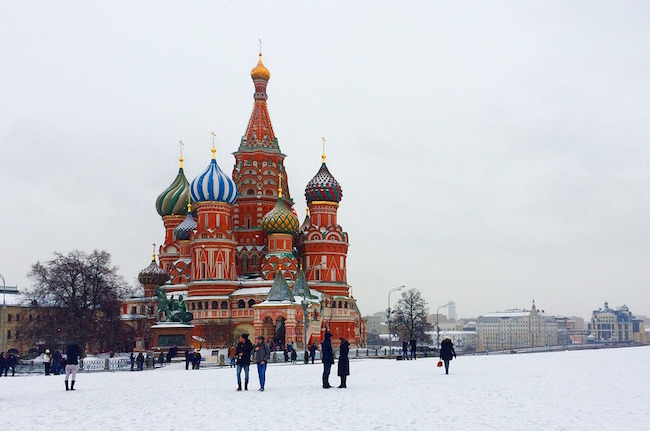Trump Signs New Record-Low Refugee Admission Ceiling; No Arrivals Since Oct. 1 By Patrick Goodenough for CNS News
Three days after President Trump signed a presidential determination limiting the number of refugees to be resettled in the United States in FY 2020 to a record-low 18,000, State Department data show that not one refugee has been admitted into the U.S. in the 35 days since the fiscal year began.
Over the same 35-day period last year, 1,889 refugees were resettled in the U.S., while the equivalent admission numbers for earlier years were 1,283 in 2017, 11,343 in 2016 and 6,197 in 2015, according to the department’s Refugee Processing Center.
The determination signed on Friday sets a ceiling of 18,000 refugee admissions for FY 2020. Of those, 5,000 places are broadly allocated to applicants claiming religious persecution; 4,000 places are earmarked for Iraqis who helped the U.S. during the Iraq War; and 1,500 allocations are set aside for applicants from the northern triangle countries of El Salvador, Guatemala, or Honduras.
The remaining 7,500 slots will go to applicants who fall into other categories, such as those referred by a U.S. Embassy in any country, family reunification applicants, those who fall into a category covered by a 2016 agreement between the U.S. and Australia; and those whose status was “ready for departure” as of the last day of FY 2019.
The 18,000 ceiling is 40 percent lower than the FY 2019 ceiling of 30,000, which was itself the lowest cap set by an administration since the modern U.S. refugee resettlement program began in 1980, the year the Refugee Act was enacted.
During the Clinton administration annual refugee admission ceiling ranged from 78,000 to 142,000, under President George W. Bush between 70,000 and 80,000, and under President Obama between 70,000 and 85,000.
Months before the end of his second term, Obama proposed a cap of 110,000 for FY 2017, which if retained would have been the highest since 1994. But Trump in an executive order days after taking office lowered the proposal for FY 2017 to 50,000.





